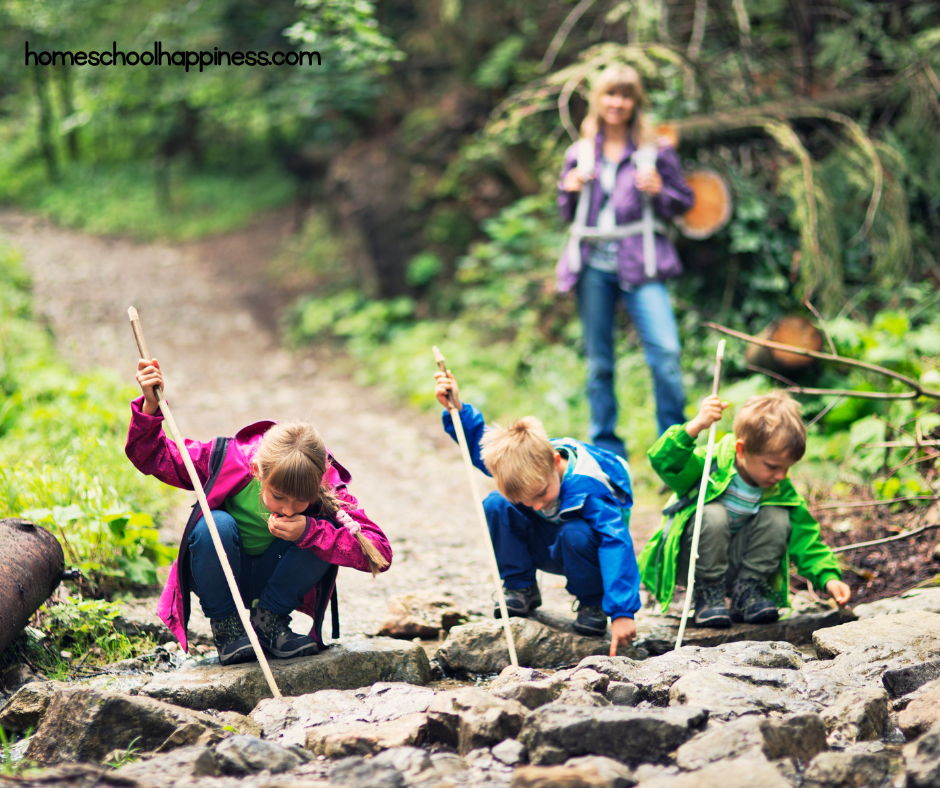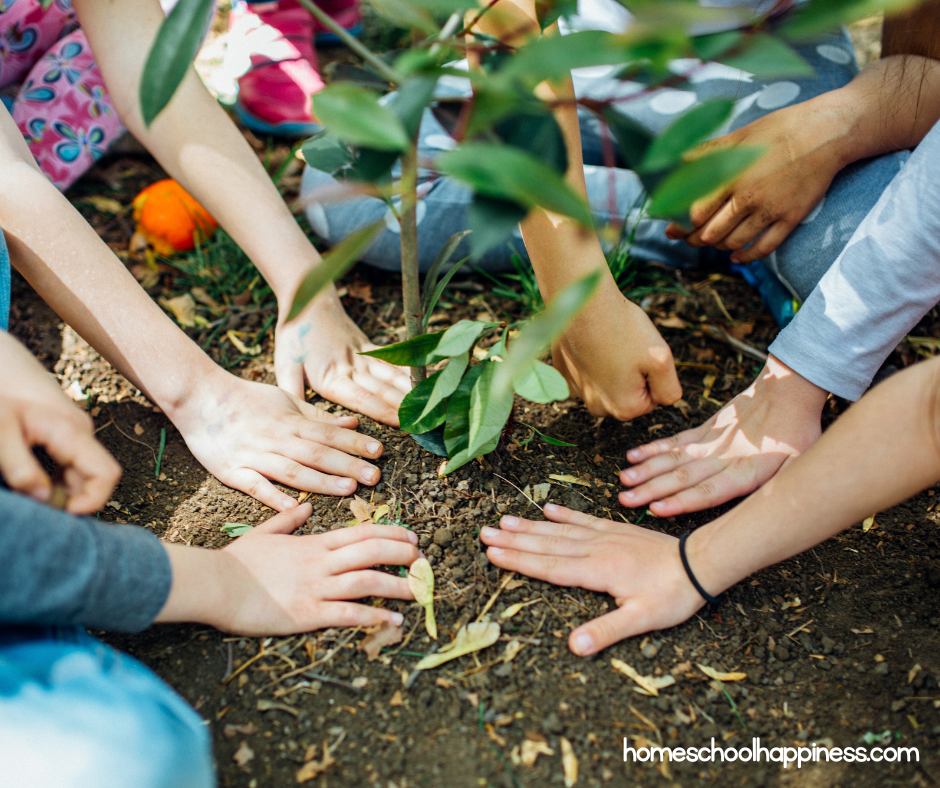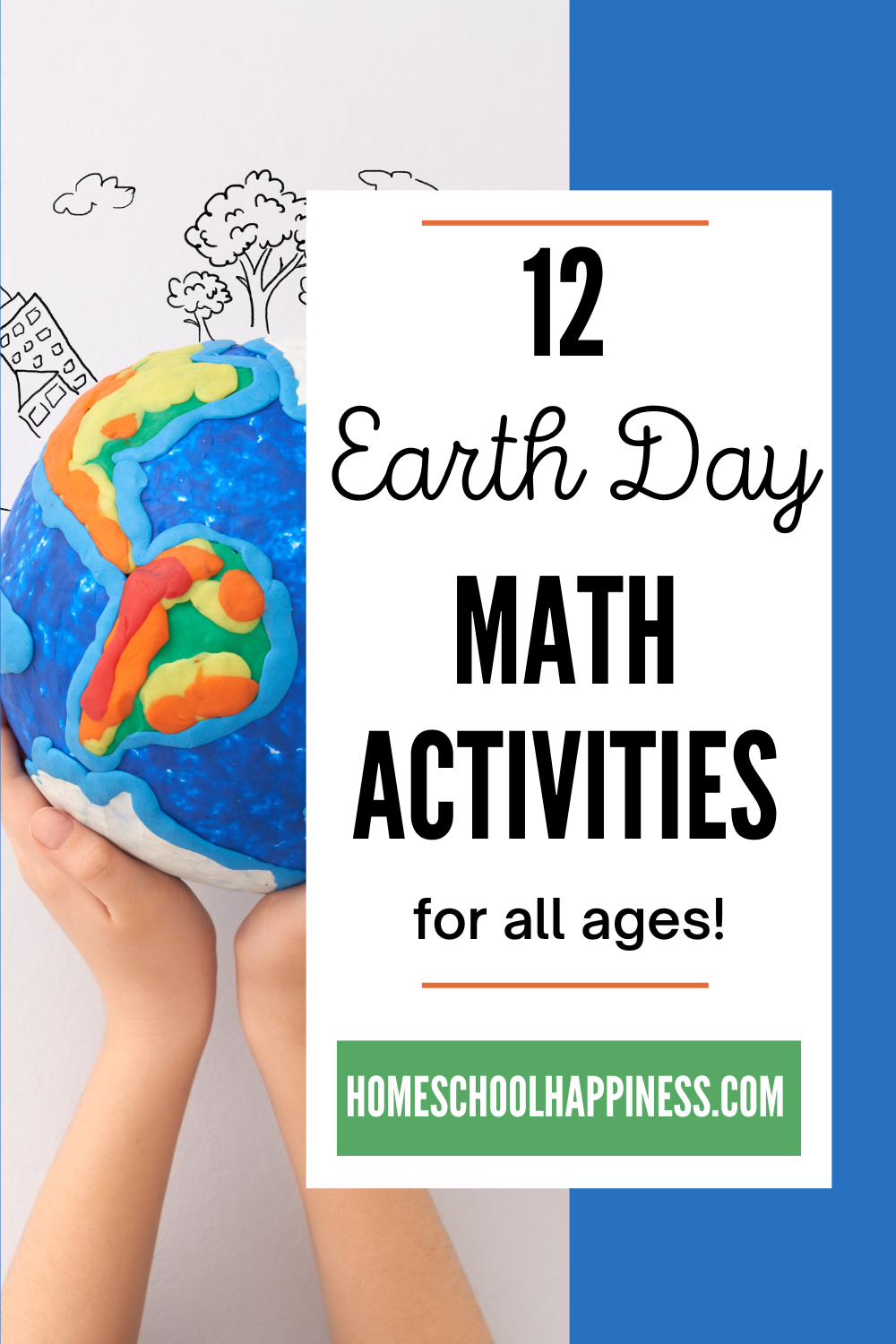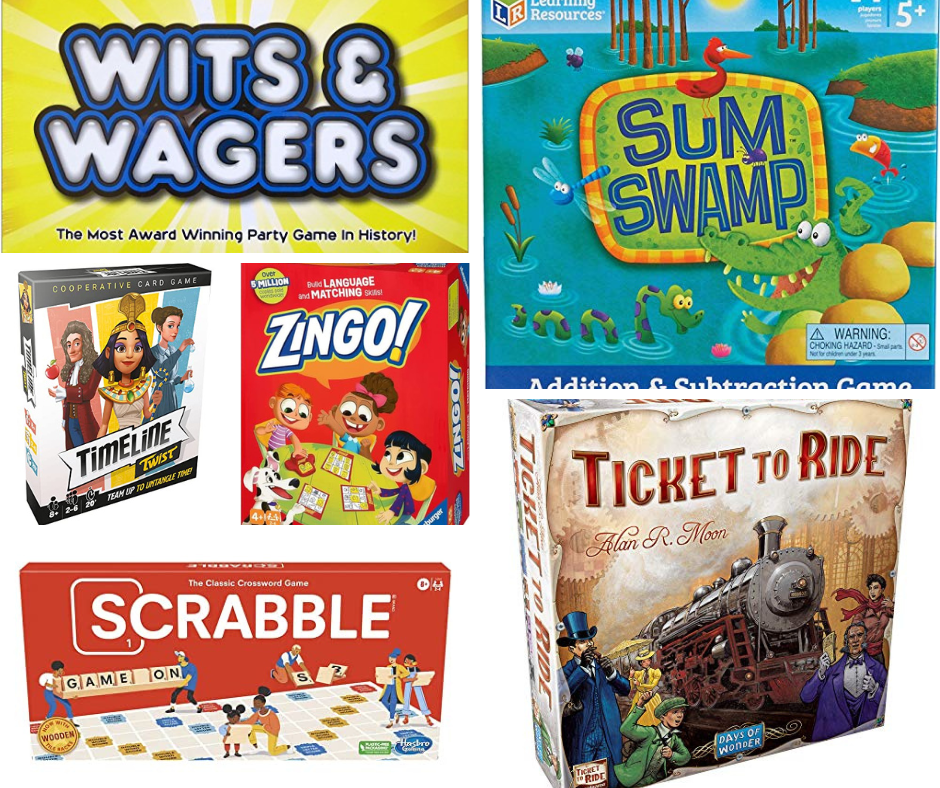Earth Day Math Activities
Celebrate Earth Day on April 22nd in your homeschool with an exciting mix of enthusiasm and education. Engage your students with a range of Earth Day math activities that promote environmental awareness and enhance their mathematical skills.
These homeschool math activities cater to students across various grades, from 1st to middle school, providing opportunities to improve their number sense, division skills, and data analysis. By incorporating these educational tools, students can deepen their understanding of the beauty and significance of our planet Earth.
Make this Earth Day a memorable and enriching experience for your students as they connect with nature and explore the wonders of mathematics in a meaningful way.

Holidays like Earth Day provide a fantastic opportunity to blend real-world scenarios with math education, offering kids practical and enjoyable learning experiences.
By incorporating the theme of Earth Day, math activities can go beyond traditional math exercises, allowing children to see how math applies to everyday life and our environment.
Encouraging kids to apply math in contexts that matter helps build practical skills and a lasting appreciation for both the subject and environmental stewardship.
Earth Day Math Activities
Get ready to dive into a world where mathematics meets environmental awareness through our Earth Day activities.
These fun activities are designed to sharpen your students’ mathematical skills and cultivate a deeper understanding and appreciation for our planet.
It’s a unique opportunity to blend learning with action, encouraging brain growth and earth-friendly practices in a fun and engaging way. Add them to your lesson plans this spring!

Recycling Bin Math Sort
Start the day with a sorting activity using recyclable materials. Collect a variety of items that can be recycled and have students sort them into categories such as paper, plastic, and metal. This activity improves sorting skills and introduces the concept of recycling. Students can count the number of items in each category to practice their counting and categorization skills.
Plant Growth Chart
In this Earth Day activity, each student will plant a seed in a small pot and track its growth over time. Using a simple chart, students will measure the height of their plant once a week and record their findings. This Earth Day math activity teaches measurement and data recording and instills patience and a sense of responsibility as students care for their plants.
Nature Walk Shape Hunt
Take your students on a nature walk around the yard or a nearby park with a mission to find shapes in nature. They can look for circles, squares, triangles, and more hidden in the environment around them. This activity encourages observation skills and geometry recognition, all while getting some fresh air and appreciating the beauty of the great outdoors.

Carbon Footprint Calculator
Challenge your students to calculate their families’ carbon footprints by considering factors such as electricity usage, transportation, and daily consumption habits. This activity not only sharpens their math skills through multiplication and estimation but is a great way to raise awareness about the impact of their lifestyle choices on the environment. It’s a practical exercise that connects math to real-world issues, encouraging critical thinking and eco-conscious decisions.
Water Usage Diary
Have your students keep a diary of their water usage for a week. They can record activities like showering, brushing teeth, and washing dishes, then estimate the total volume of water used. This introduces the measurement and volume calculation concept, making math directly relevant to daily living and environmental conservation. It’s an eye-opening activity that promotes water conservation and helps students appreciate the value of this precious resource.
Grocery Bag Optimization Challenge
This interactive activity is the perfect way for students to learn about optimization by planning how to pack groceries in the least number of bags without exceeding the weight limit of the bags. They will need to consider the size, shape, and weight of different grocery items, fostering problem-solving and spatial reasoning skills. This challenge not only sharpens mathematical thinking but also emphasizes the importance of minimizing waste and the environmental benefits of reusable bags.

Renewable Energy Math Project
Invite your students to research and compare the costs and benefits of different renewable energy sources, such as solar, wind, and hydropower. They can create graphs to compare data on energy production, initial costs, and potential savings over time. This project enhances their data analysis and graphing abilities while educating them on sustainable energy options and their significance in combating climate change. It’s an enriching activity that marries math with urgent environmental topics, preparing students to be informed stewards of the planet.
Trash Audit Analysis
Encourage your children to conduct a trash audit of their homes, categorizing waste and then analyzing the data to understand waste patterns. By creating pie charts or bar graphs, they can visualize the composition of their waste and brainstorm steps to reduce their environmental footprint. This real-life application of data analysis teaches them the importance of waste management and recycling in protecting our environment.
Climate Change Over the Years
Using available online databases, students can gather data on temperature changes, sea level rises, or the increase in CO2 emissions over time. By plotting this data, they’ll comprehend the extent of climate change visually. This improves their graphing skills and raises awareness about one of the most significant challenges facing our planet.

Ecosystem Observation Logs
Encourage students to maintain observation logs as they explore different ecosystems. They can record weather patterns, plant life, animal behavior, and any instances of human impact on nature. This exercise fosters observational and analytical skills while promoting an understanding of biodiversity and ecosystem interdependence.
Soil Sampling and Analysis
Engage students in collecting soil samples from different areas to analyze texture, composition, and moisture content. This practical application of earth science can lead to discussions about soil conservation, agriculture, and the role of soil in supporting ecosystems. It’s a tactile activity that brings the study of Earth to life.
Math-Based Nature Art Projects
Integrate art with math and nature by encouraging students to create art projects based on mathematical principles using natural materials. Whether creating patterns with leaves based on the Fibonacci sequence or using rocks to understand basic arithmetic, these projects can make abstract concepts tangible and fun.

Bringing an Earth Day theme into the classroom through imaginative math lessons is an educational and meaningful way to celebrate our planet. By intertwining environmental awareness with math, we’re making math lessons engaging and practical and instilling a deep appreciation for our Earth in students.
This Earth Day, let’s make learning fun and impactful. Remember, every math problem solved with an Earth Day twist is a step towards environmental consciousness and a greater appreciation for our world. Make this Earth Day fun, educational, and unforgettable by weaving the beauty of our planet into your math lessons.





